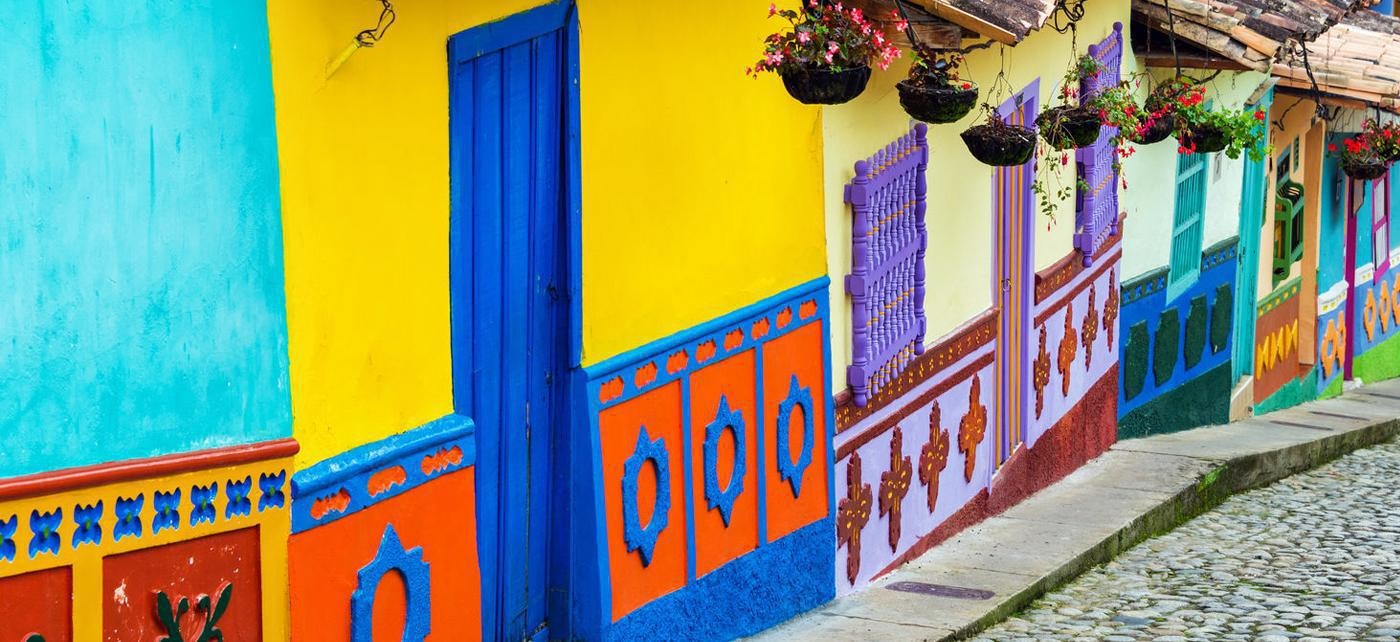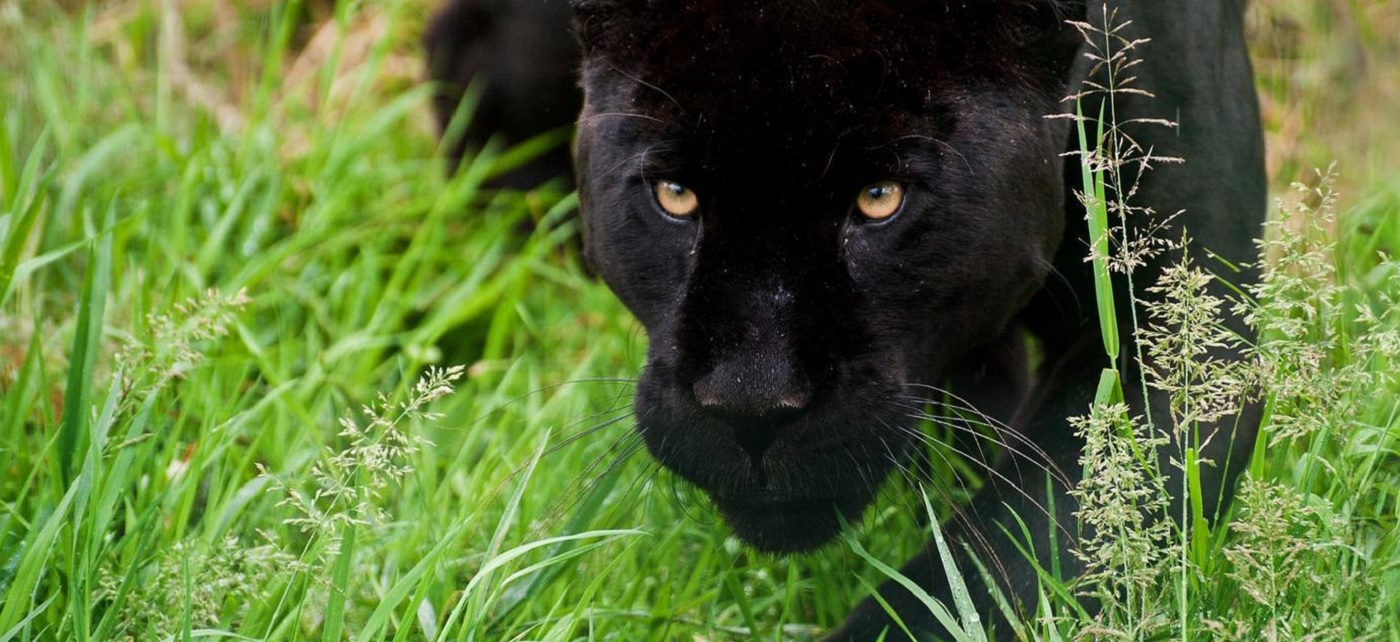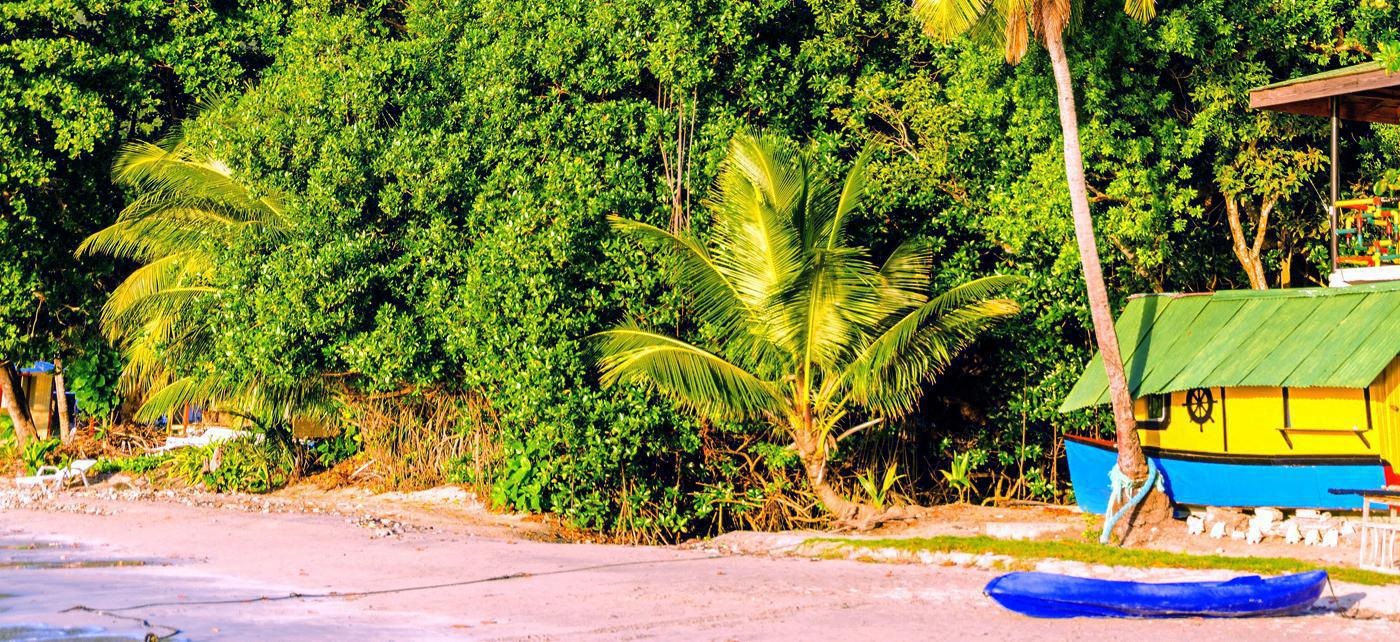Colombia, officially the Republic of Colombia, is a constitutional republic in northwestern South America. Colombia is bordered to the east by Venezuela and Brazil; to the south by Ecuador and Peru; to the north by the Caribbean Sea; to the northwest by Panama; and to the west by the Pacific Ocean. Colombia also shares maritime borders with Venezuela, Jamaica, Haiti, the Dominican Republic, Honduras, Nicaragua and Costa Rica. With a population of over 46 million people, Colombia has the 29th largest population in the world and the second largest in South America, after Brazil. Colombia has the third largest population of any Spanish-speaking country in the world, after Mexico and Spain.
Approximately 10,000 BC, hunter-gatherer societies existed near present-day Bogotá (at "El Abra" and "Tequendama") which traded with one another and with cultures living in the Magdalena River Valley. Beginning in the first millennium BC, groups of Amerindians developed the political system of "cacicazgos" with a pyramidal structure of power headed by caciques. Within Colombia, the two cultures with the most complex cacicazgo systems were the Tayronas in the Caribbean Region, and the Muiscas in the highlands around Bogotá, both of which were of the Chibcha language family. The Muisca people are considered to have had one of the most developed political systems in South America, after the Incas.
Since the beginning of the periods of Conquest and Colonization, there were several rebel movements under Spanish rule, most of them either being crushed or remaining too weak to change the overall situation. The last one which sought outright independence from Spain sprang up around 1810, following the independence of St. Domingue in 1804 (present-day Haiti), who provided a non-negligible degree of support to the eventual leaders of this rebellion: Simón Bolívar and Francisco de Paula Santander.
In spite of the difficulties presented by serious internal armed conflict, Colombia's market economy grew steadily in the latter part of the twentieth century, with gross domestic product (GDP) increasing at an average rate of over 4% per year between 1970 and 1998. The country suffered a recession in 1999 (the first full year of negative growth since the Great Depression), and the recovery from that recession was long and painful. However, in recent years growth has been impressive, reaching 8.2% in 2007, one of the highest rates of growth in Latin America. Meanwhile the Colombian stock exchange climbed from 1,000 points at its creation in July 2001 to over 7,300 points by November 2008.
The first and most substantial wave of modern immigration to Colombia consisted of Spanish colonists, following the arrival of Europeans in 1499. However a low number of other Europeans and North Americans migrated to the country in the late 19th and early twentieth centuries and, in smaller numbers, Poles, Lithuanians, English, Irish, and Croats during and after the Second World War. Many immigrant communities have settled on the Caribbean coast, in particular recent immigrants from the Middle East. Barranquilla (the largest city of the Colombian Caribbean) and other Caribbean cities have the largest populations of Lebanese and Arabs, Sephardi Jews, Roma. There are also important communities of Chinese and Japanese.
Black Africans were brought as slaves, mostly to the coastal lowlands, beginning early in the 16th century and continuing into the 19th century. Large Afro-Colombian communities are found today on the Caribbean and Pacific coasts. The population of the department of Chocó, running along the northern portion of Colombia's Pacific coast, is over 80% black.


